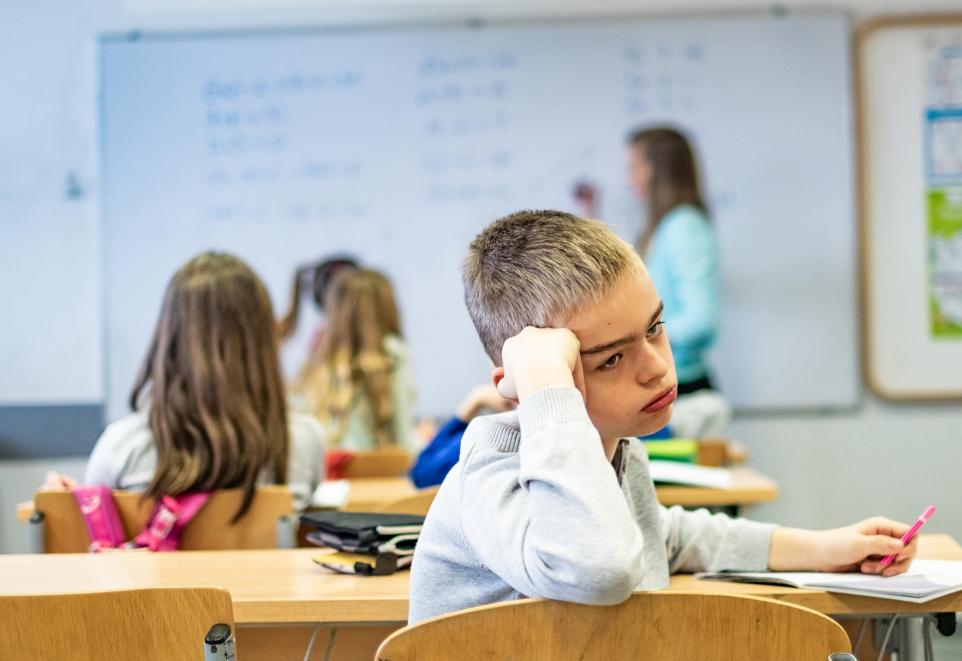It is surely impossible to read the statistics around violence and aggression in schools without being concerned. The levels of such incidents, whether pupil on teacher, parent or carer on teacher, or pupil on pupil, are massively worrying, and the increasing rates at which they are occurring must be a serious wake up call to those in charge of Scottish education.
These problems affect teachers in various ways. We can see from the results of the survey that significant numbers are struggling with stress and anxiety, but it goes even further than that. According to the EIS, increasing numbers of teachers are either requiring extended absences or, in the worst case scenario, considering leaving the profession entirely. To be absolutely, 100% clear: Scotland is not in a position where it can afford to lose even relatively small numbers of teachers, such is the strain on the system as things stand.
Escalating incidents of violence and aggression also have an obvious impact on young people. Would you be able to learn properly in a class that was regularly disrupted by the aggressive or violent behaviour of another student? Would you even want to be in school under those circumstances?
Some teachers who responded to the EIS survey spoke of pupils moving schools to escape from environments that they found unbearable and, while things would hopefully improve for them in a new setting, the fact is that changing school is a significant disruption to learning on its own terms.
There are more subtle impacts on young people as well, such as restrictions to the teaching approaches that can be deployed to maximise their learning.
Teachers have a wide range of techniques available to them, and are constantly making professional judgements about the best way to engage their students and help to develop their knowledge and skills. Some are simple and straightforward, such as standing at the front of the room and talking students through a worked example, but others are significantly more complex and simply cannot take place in an environment where there is a real risk of serious aggression and even physical violence. As a consequence, even when such incidents aren’t taking place, the threat of them occurring may still be damaging the quality of children’s education by restricting the options available to their teachers.


